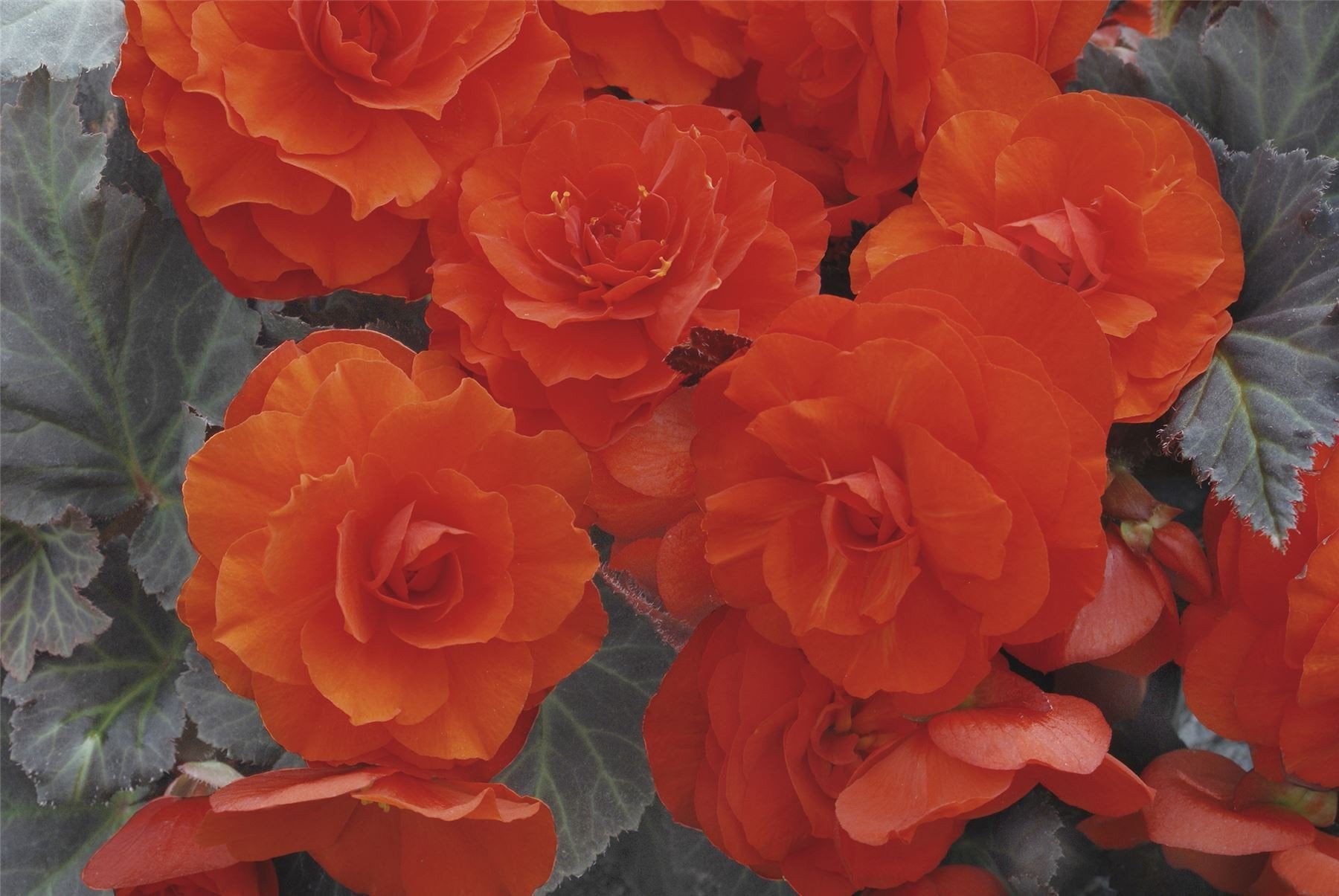
How to attract the top 5 UK birds to your garden

If you thought you were the only wise owl to notice, and perhaps even note down, the variety of glorious birds frolicking about your garden, think again.
Have a gander at these stats before feathering your own nest: For millions of Brits, garden birdwatching is an obsession, with enthusiasts taking part in annual tracking surveys helping to count millions of birds collectively.
Fun, challenging, and an activity enjoyed by the whole family, this pastime may have you happy as a lark but also plays a vital role in keeping tabs on the population of British birds. After all, a bird in the hand is worth two in the bush.
If you find your nest empty, now more than ever is the time to discover a shared interest. The early bird catches the worm. And if you happen to encounter a challenge in convincing your partner to play along, remember that what’s good for the goose is good for the gander.
You may be surprised to learn that some of our birds face real threats to their survival, with the greenfinch, for example, being placed on the UK Red List for Birds just last year.
Whilst hoping to raise awareness of how you can help the avian population thrive, we also want you to enjoy the population of birds in your garden. That said, let's start with a bird’s eye view of the UK's most-sighted feathered friends in our gardens and how to attract them to your green spaces. Disclaimer: This goes out to the early birds who catch the worm. Night owls are for the birds.
Common British birds you can find in your garden
The eagle-eyes among us will most certainly be able to name five or more species they often see in their gardens. Perhaps there are some you spot but can't name. There may even be certain birds common in your area, but you haven't seen them yet. Let's explore.
1. Robin

Symbolic of Christmas, the robin makes a more prominent presence during the festive season but can be spotted throughout the year. Their bright orange-red faces and breasts are a clear giveaway.
You'll find that in winter, they fluff themselves up to retain extra heat.
Ground feeders and mealworms are the ticket for these little friends, with seed, suet, kibbled peanuts and raisins amongst their favourite treats.
When going the nest box route, note that it should be open-fronted to attract a robin, unlike a blue tit's next box, which should be closed-fronted.
Even with a nest box in place, you might soon discover that these bold little birds are known for setting up home in unlikely places.
Listen out for their varied and robust singing voice throughout the year as they protect their territory.
2. Collared Dove

It's all in the name: The distinctive black 'collar' around the back of their necks.
Their eyes and feet appear reddish, but that's something you'll only likely to see close up – if they were sitting ducks, perhaps.
Known for their familiar and repetitive cooing sound, they're famous for charming the birds out of the trees.
3. Great Tit

The largest of the tit family, the great tit is distinct with its fully-fledged black head and white cheeks. You might be lucky enough to spot a black stripe down their fronts and a single white stripe on their wing.
Known for their two-syllable song that can be persistent, these vocal birds like to nest in tree cavities.
Like their blue and yellow relatives, the great tit is skilled at hanging from vertical feeders. They also enjoy a feed of seeds, insects, suet and berries.
4. Goldfinch

The goldfinch is a vibrantly-coloured bird with a red face and yellow and black wings. This sleek bird takes its peaceful twittering to as far away as Spain, as the crow flies, in the winter months.
Entice them to your garden with their happy treat of niger (or nyjer) seed. Goldfinches also use their delicate beaks to extract tiny seeds from flowers with great precision. Think small plants, such as thistles and dandelions.
Their little ones sport brown plumage without the distinctive face colouration, just yet.
On that note... Have you seen the Climbing Goldfinch in our new Rose collection we’re crowing about? Ready for planting, order these sun-kissed rose plants now, for delivery to your door. Shop Now!
5. Chaffinch

The UK's second most common bird, you're likely to hear the chaffinch's song before seeing them. But, as a keen birdwatcher, you'll find them hopping below the feeder on the ground and in the hedges. Their blue head and beak make them easily identifiable, not to mention their orange breast.
Don’t count your chickens before they hatch
We’ve covered only the top 5 UK birds to attract to your garden. There are plenty more to observe and log. Not to mention foundations to join to make your notes count! So keep an eye out for our next blog in this series.
Don't forget to pre-order your summer bedding plants. Shop Now!
























